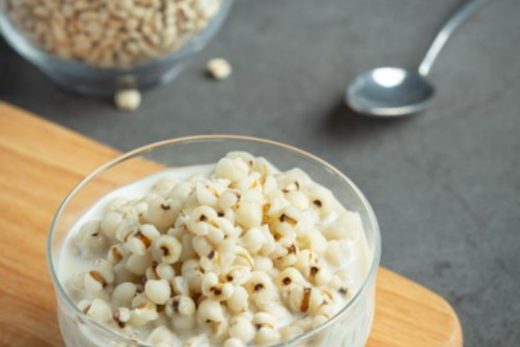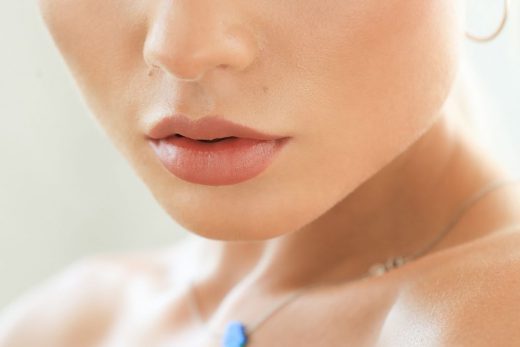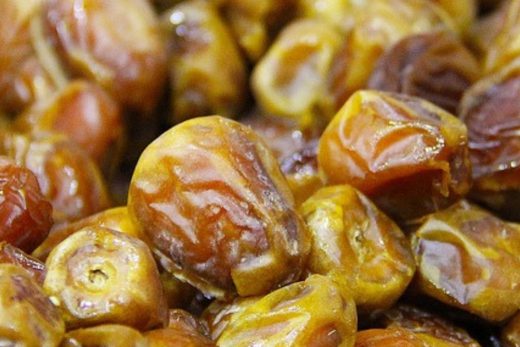Coconut oil is a type of fat that has been touted for its health-promoting properties.
From decreasing levels of LDL cholesterol to improving brain function in Alzheimer’s patients, coconut oil is associated with a multitude of health benefits.
In fact, several studies have even found it might have benefits for skin health as well.
This article looks at the evidence to examine whether coconut oil is good for skin.
What Is Coconut Oil?
Coconut oil is a highly saturated oil that is traditionally made by extracting the oil from raw coconuts or dried coconut kernels.
At room temperature it’s solid, but when heated it can soften or even melt.
It’s frequently used in cooking or applied directly to the skin and hair.
Coconut oil is rich in medium-chain fatty acids, which are a form of saturated fat. In fact, these medium-chain fatty acids make up about 65% of its total composition.
The fatty acids found in coconut oil include:
Lauric acid: 49%
Myristic acid: 18%
Caprylic acid: 8%
Palmitic acid: 8%
Capric acid: 7%
Oleic acid: 6%
Linoleic acid: 2%
Stearic acid: 2%
Although coconut oil is about 90% saturated fat, it does contain small amounts of mono and polyunsaturated fats as well. One tablespoon contains about 12 grams of saturated fat and 1 gram of unsaturated fat .
Coconut oil is used in cooking but can also be applied to the skin or hair. It’s rich in saturated fat and medium-chain fatty acids, especially lauric acid.
It Can Kill Harmful Microorganisms
The medium-chain fatty acids in coconut oil have antimicrobial properties that can help protect against harmful microorganisms. This is especially important for skin health, as many types of skin infections, including acne, cellulitis, folliculitis and athlete’s foot, are caused by bacteria or fungi .
Applying coconut oil directly to the skin may prevent the growth of these microorganisms. This is due to its lauric acid content, which makes up nearly 50% of the fatty acids in coconut oil and can fight harmful microorganisms. One study tested the antibacterial properties of 30 types of fatty acids against 20 different strains of bacteria. Lauric acid was found to be the most effective at blocking the growth of bacteria.
Another test-tube study showed that lauric acid can kill off Propionibacterium acnes, a type of bacteria that leads to the development of inflammatory acne. Furthermore, capric acid is another medium-chain fatty acid found in coconut oil, although to a lesser extent. Like lauric acid, capric acid has been shown to have potent antimicrobial properties.
A test-tube study showed that both lauric and capric acid effectively killed off strains of bacteria. Another test-tube study demonstrated the anti-fungal effects of capric acid, showing that it was able to inhibit the growth of certain types of fungi. The fatty acids found in coconut oil have antimicrobial properties that effectively kill bacteria and fungi.





